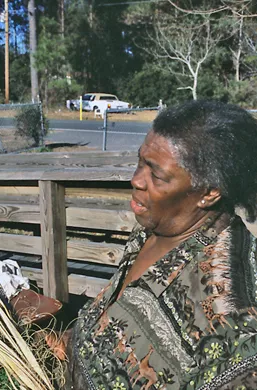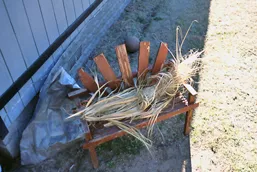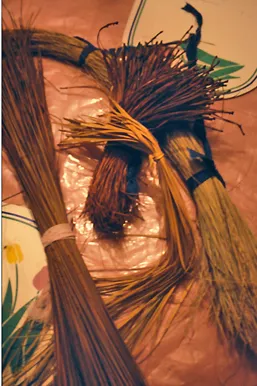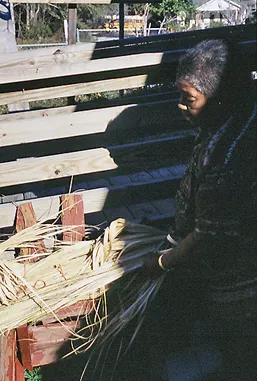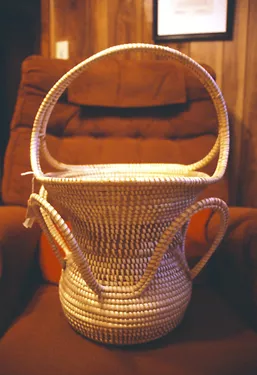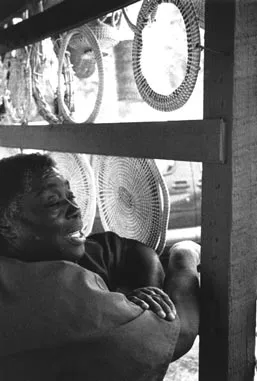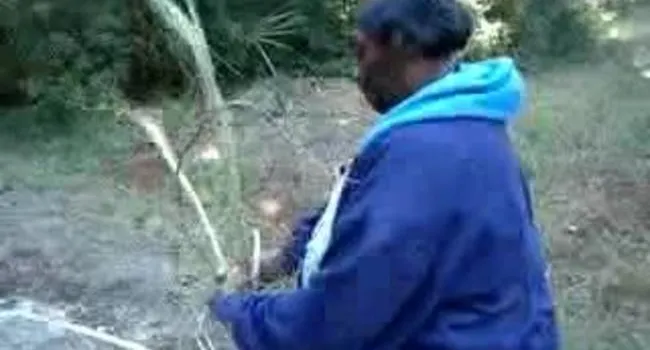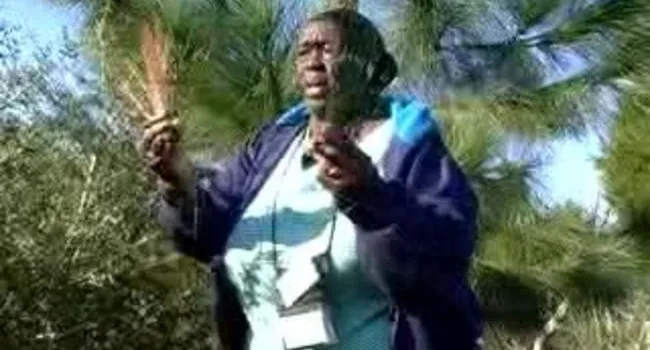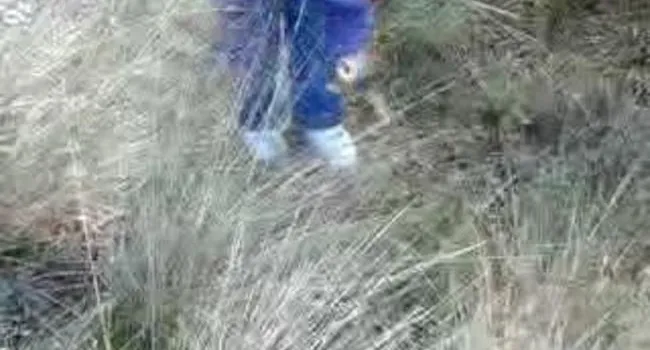Brown was no stranger to sweetgrass basketmaking. She was part of a family of eight generations of basket makers, with four of those generations still practicing today. Harriet made baskets for over fifty-five years and learned the process from a variety of family members. Great grandparents, grandparents, aunts, and her mother all had a role in teaching the young Harriet to make the popular lowcountry baskets. Her mother took her first basket to the Market in Charleston and sold it for twenty-five cents. That quarter gave Harriet the encouragement to keep making baskets.
With origins in West Africa, the sweetgrass basket has a three hundred-year history on the South Carolina coast. Made first by slaves, the baskets were strictly utilitarian in use, holding foodstuffs like rice and other crops. The name sweetgrass refers to the pleasant, hay-like aroma and soft texture of the sea grass used in basket construction. Additional native materials include long-leaf pine needles, bulrush, and palmetto leaves. Other than a pair of very skilled, nimble hands, Brown used only scissors and the sharpened end of a spoon handle to create the remarkably complex and intricate designs in her baskets.
A gifted teacher, Brown not only provided instruction for family members, but also participated in numerous community events. She taught and presented for local history classes and traveled as far away as Missouri to participate in the annual Grass Festival. She felt that teaching the art to others was one way to give something back to the community. Brown considered the limited availability of sea grass as one of the biggest challenges for contemporary basketmakers. However, as long as they have access to the materials, she felt the tradition would continue to thrive and remain a strong part of South Carolina culture. Brown passed away in 2008. She received the Jean Laney Harris Folk Heritage Award in 2002.
